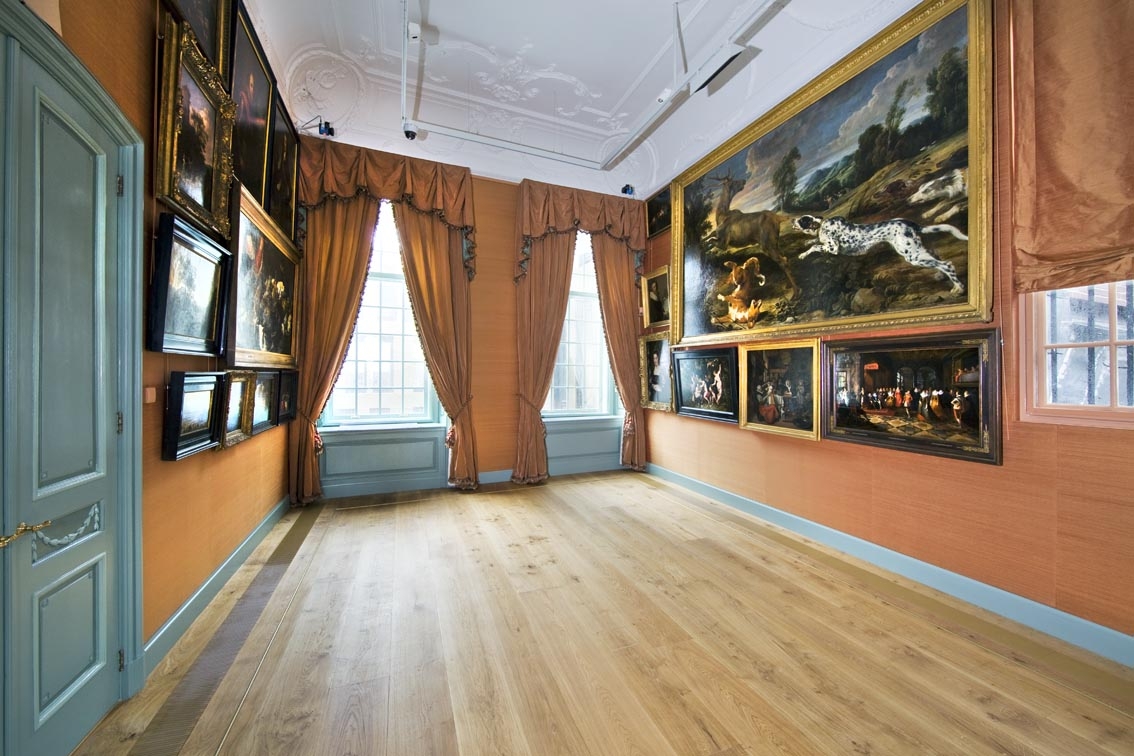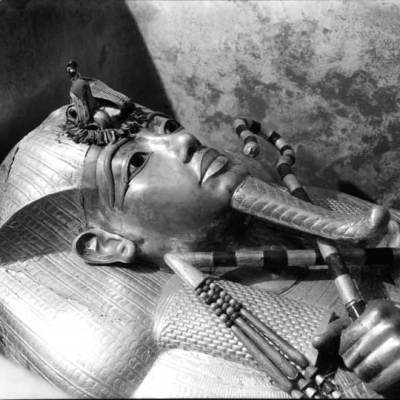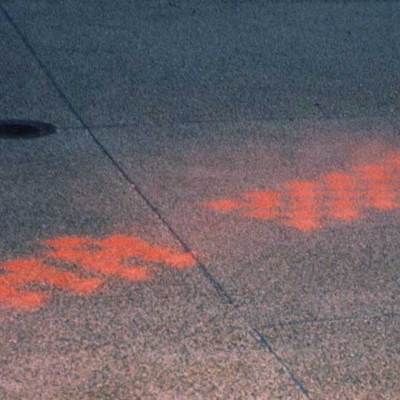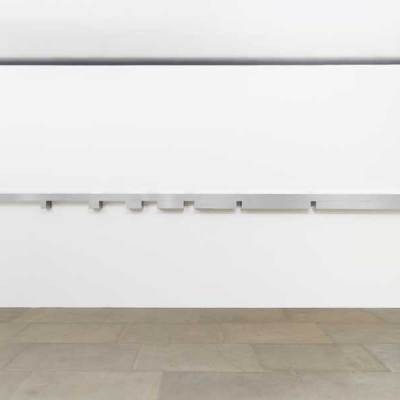The Mauritshuis collection began with the Royal Cabinet of Paintings, about 200 pictures belonging to William V Prince of Orange, the last stadtholder (chief magistrate) of the United Provinces of the Netherlands. It was his son who, proclaiming himself Sovereign Prince in 1813 and King William I two years later, gave them to the Dutch state.
Now, 150 pictures from the Mauritshuis’s enlarged collection (which now numbers around 800) are back in the restored Picture Gallery that William V built in 1774, aged just 26. He located it adjoining the city’s prison gate, perhaps for security. He also opened it to the public three nights a week, making it one of Europe’s first public art galleries even if the opening hours of 11pm to 1am and the weak candlelight might have discouraged all but strong-sighted insomniacs.
Double Portrait of Frederik Hendrik and Amalia of Solms-Braunfels (c. 1637–38), Gerrit van Honthorst
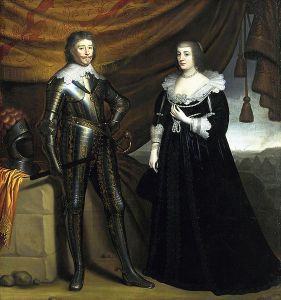
This fascinating Mauritshuis annex – just one long, high-ceilinged room – evokes William V’s era by hanging the paintings in the 18th-century style: groupings of one large picture surrounded by tightly packed smaller ones arranged in strict symmetry. The pictures are by no means Mauristhuis collection leftovers. A splendidly ebullient Frans Snijders Still Life with Huntsman painted around 1615 is one centrepiece; Gerrit van Honthorst’s double full length portrait of Frederik Hendrik and Amalia of Solms-Braunfels is another.
As they are packed in floor to ceiling with no wall labels, to identify the paintings you must either squint up at period gilt labels (attributions that have often been amended by later scholars), use the gallery’s flimsy diagram and list, or – perhaps more fun – test your own eye. Would that be a Rubens down there? Well, that’s what William V thought but the list says the flirtatious young woman decked in silks and holding pink roses is by Rubens and his studio, quite a different thing. Picking your way through the smaller paintings, sharp eyes search out Paulus Potter’s cows, Jan Steen’s tooth-picker, and a tender Philips Wouwerman of a hay wagon.
And, hung by the windows looking across the pond to Mauritshuis, Gerrit Adriaensz Berckheyde’s painting made on this same spot reveals The Hague’s historic centre to be almost unchanged since the 1680s.
Prince William V Gallery is in The Hague. Mauritshuis sells a combination ticket to Mauritshuis and Prince William V Gallery.
Related Articles
The Hague’s Hidden Treasures: Gemeentemuseum den Haag and the Het Paleis
